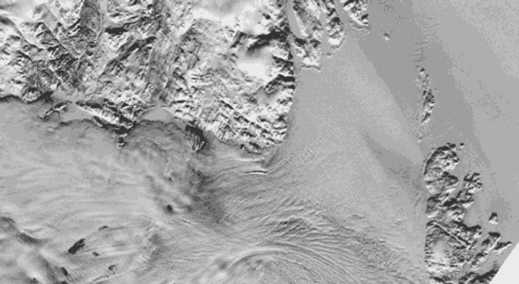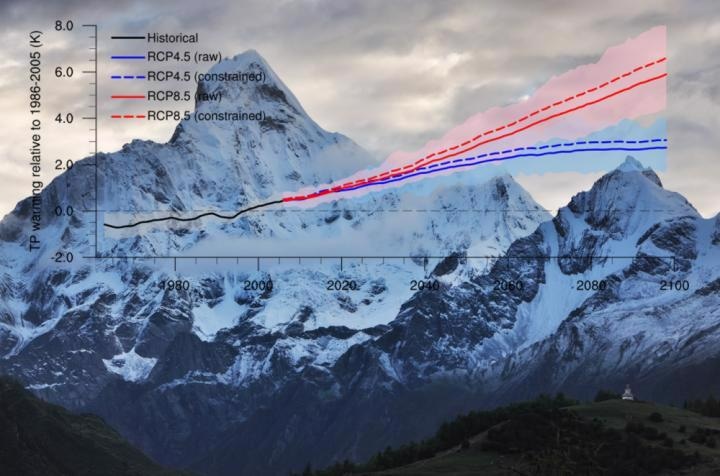The first thing to keep in mind is that after more than three decades, hundreds of millions of dollars, and countless hours of scientists invested, climate models have gotten much, much better. For example, scientists have learned to better integrate models of atmospheric and oceanic change to better understand the interaction between the two. And the spatial resolution of models has become increasingly detailed, even as Moore’s Law fuels improvements in computing power to run simulations with ever more data points. Finally, better observational data (such as the melting of Zachariae Isstrom) allows scientists to improve inputs into models, which naturally leads to better results.
At a general level, these models have been remarkably consistent in establishing a linear relationship between the level of carbon dioxide in the atmosphere and the increase in global temperature. The second thing to remember, however, is that climate models are not good predictors of specific climate effects, such as the melting of Arctic sea ice or the frequency of major hurricanes in the North Atlantic.
There are two types of widely used climate models: large, complicated planetary-scale models that exploit the supercomputing capabilities of leading research institutes, commonly known as atmosphere-ocean general circulation models, and more high resolution that use data from general circulation models. make calculations on a regional scale. About 40 of the general circulation models were used for the Fifth Assessment Report, published by the Intergovernmental Panel on Climate Change in November 2014; they are more accurate for long-term global predictions, including the key measure of climate sensitivity – the amount of warming, in global average temperature, that will occur when the amount of carbon in the atmosphere doubles from pre-industrial levels . Smaller, high-resolution models are better suited to examining the likely regional effects of climate change.
So the models continue to improve. But most climatologists recognize that there are limits: no matter how sophisticated our models, there will always be an irreducible element of chaos in the Earth’s climate system that no supercomputer will ever eliminate.
“Models are becoming more accurate in the sense that they simulate many processes more realistically,” says Reto Knutti, a professor at the University Institute of Atmospheric and Climate Sciences in Zurich which was one of the main contributors to the fifth evaluation report. “But that said, all of that hasn’t really helped reduce the uncertainty of future projections.”




